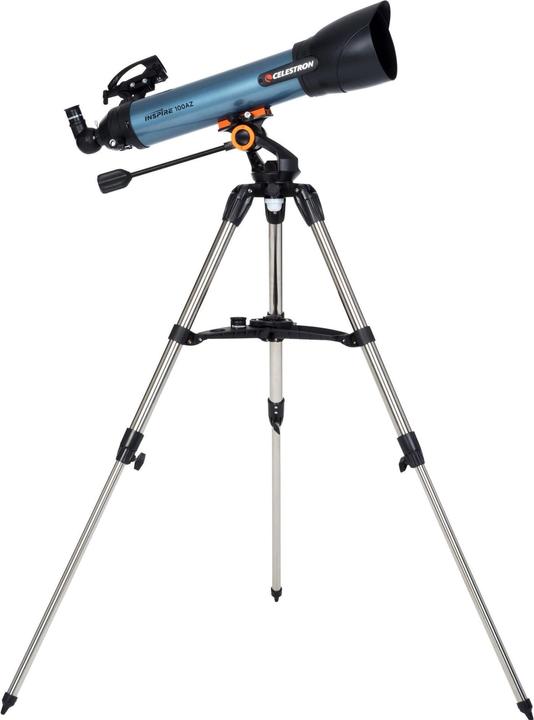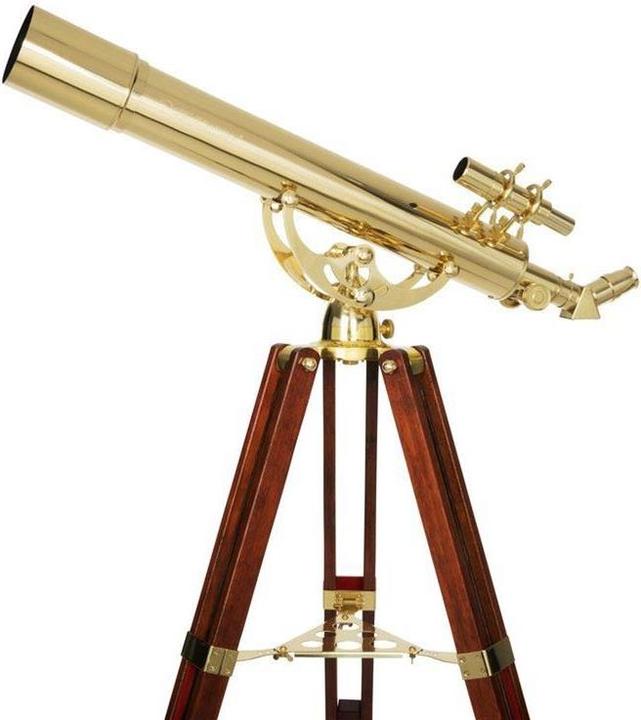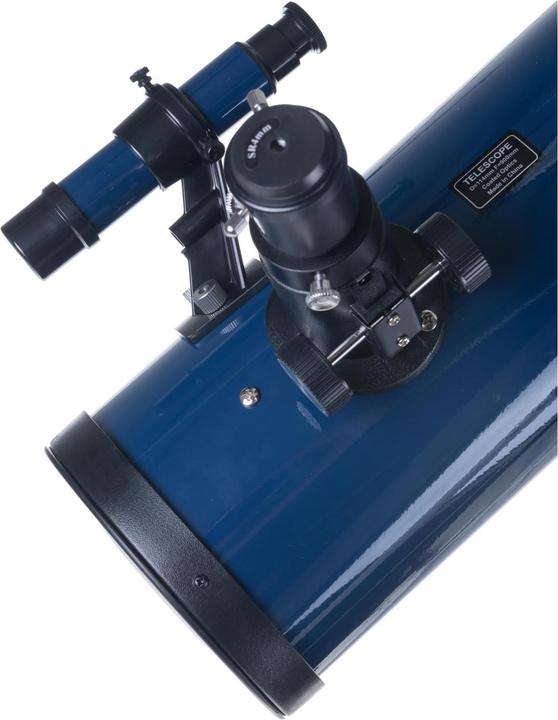
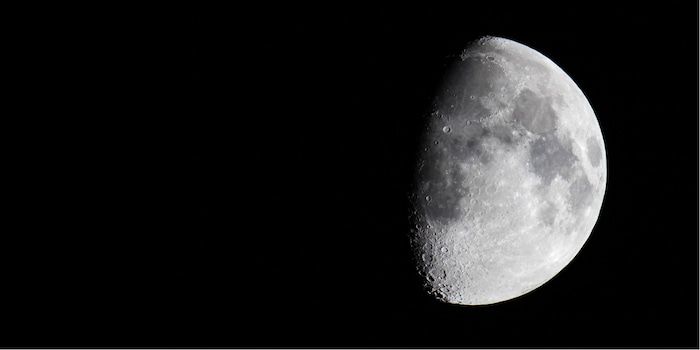
Skywatchers take note: Penumbral lunar eclipse is imminent
On the night between 10 and 11 February 2017, the moon will enter the Earth's penumbra. Even as an inexperienced observer, you will notice a dimming of the light from the Earth's satellite. The penumbral eclipse will take place at a late hour. However, this need not bother you - fortunately, it is the night from Friday to Saturday. Here you can find out how a penumbral lunar eclipse occurs and at what times you can look into the sky.
The surface of the moon is still bright during a penumbral lunar eclipse. This is why this type of lunar eclipse is overlooked and mistaken for an ordinary full moon. It's time to learn more about it, as you have the opportunity to view a penumbral lunar eclipse on 10 February 2017.
What exactly is happening in the sky?
The moon eclipses its face at irregular intervals. This happens when the Earth is positioned fairly exactly between the Sun and the Moon. However, this can only happen when the full moon is close to the intersection of its orbit around the earth with the plane of the earth's orbit around the sun. In this case, a complete lunar eclipse occurs. Admittedly, this sounds a little complicated, but it is relatively easy to visualise.
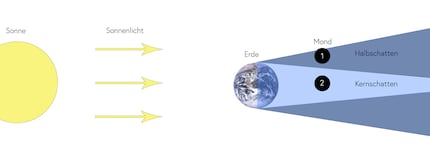
Evolution of a lunar eclipse - Moon 1: Position during penumbral lunar eclipse, Moon 2: Position during complete lunar eclipse
As the Earth is much larger than the Moon, it casts a much longer and larger shadow into space. The diameter of this so-called Earth's umbra exceeds that of the moon by almost three times. The Earth's penumbra lies like a ring around the umbra. The diameter of this shadow ring corresponds approximately to that of the moon. If the moon is now in the area of this penumbra instead of the umbra, it does not darken completely, but becomes visibly darker. This is exactly what you will be able to observe on 10 February 2017.
When does the penumbral lunar eclipse take place?
On the night between 10 and 11 February 2017, you can observe the penumbral lunar eclipse under clear skies at the following times:
- Semi-lunar eclipse begins: 23:34:14
- Maximum eclipse: 01:43:49 am
- Panum eclipse ends: 03:53:25 h
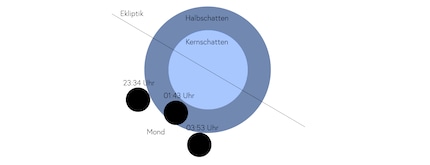
Progression of the penumbral lunar eclipse
How do you observe this celestial spectacle?
Unlike a solar eclipse, you can safely look up into the sky at the moon. If you want to observe the moon and the events up close, I recommend a telescope.
Extremely popular with our customers

New in the range and very easy to set up
Elegant piece of jewellery with mahogany wood tripod
You might also be interested in this article:
Friends, family, cats and good wine are my lifeblood.
Interesting facts about products, behind-the-scenes looks at manufacturers and deep-dives on interesting people.
Show all